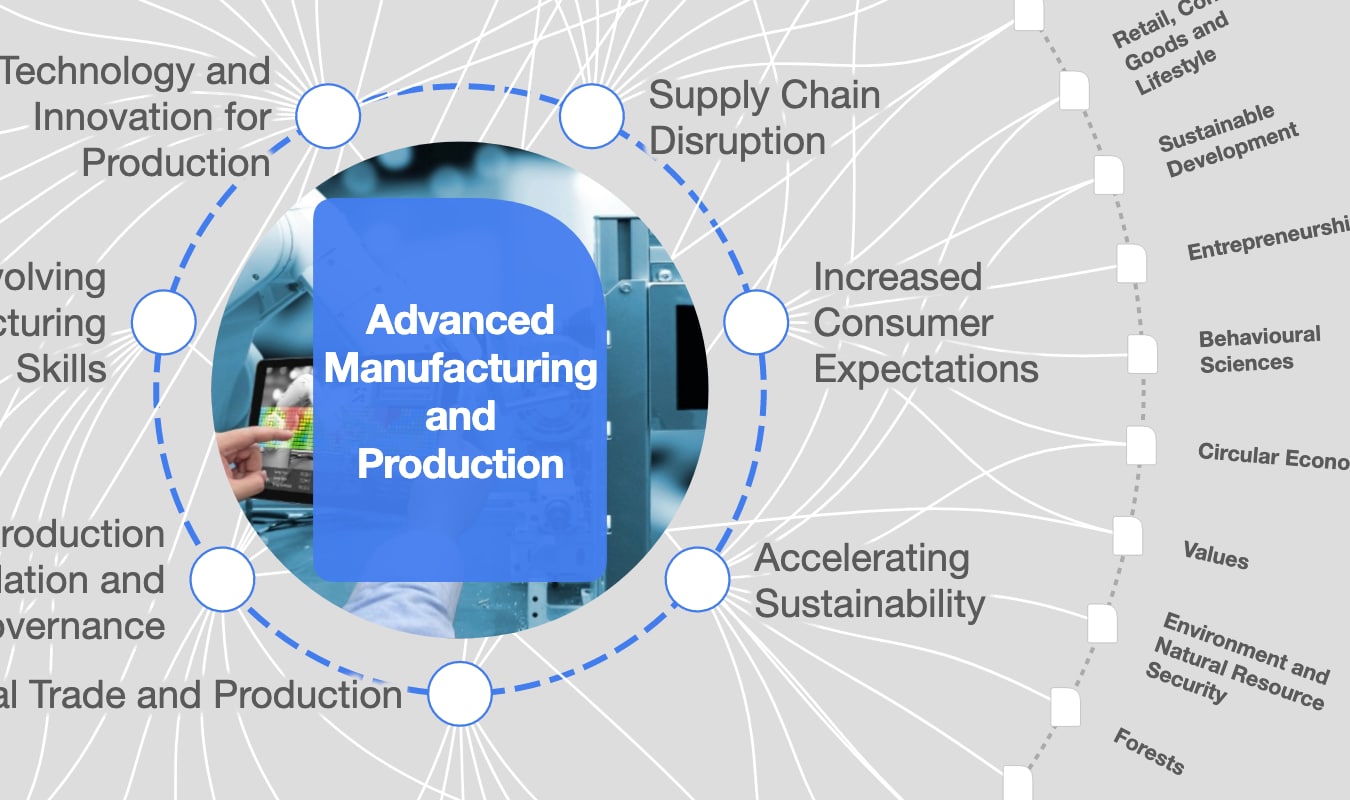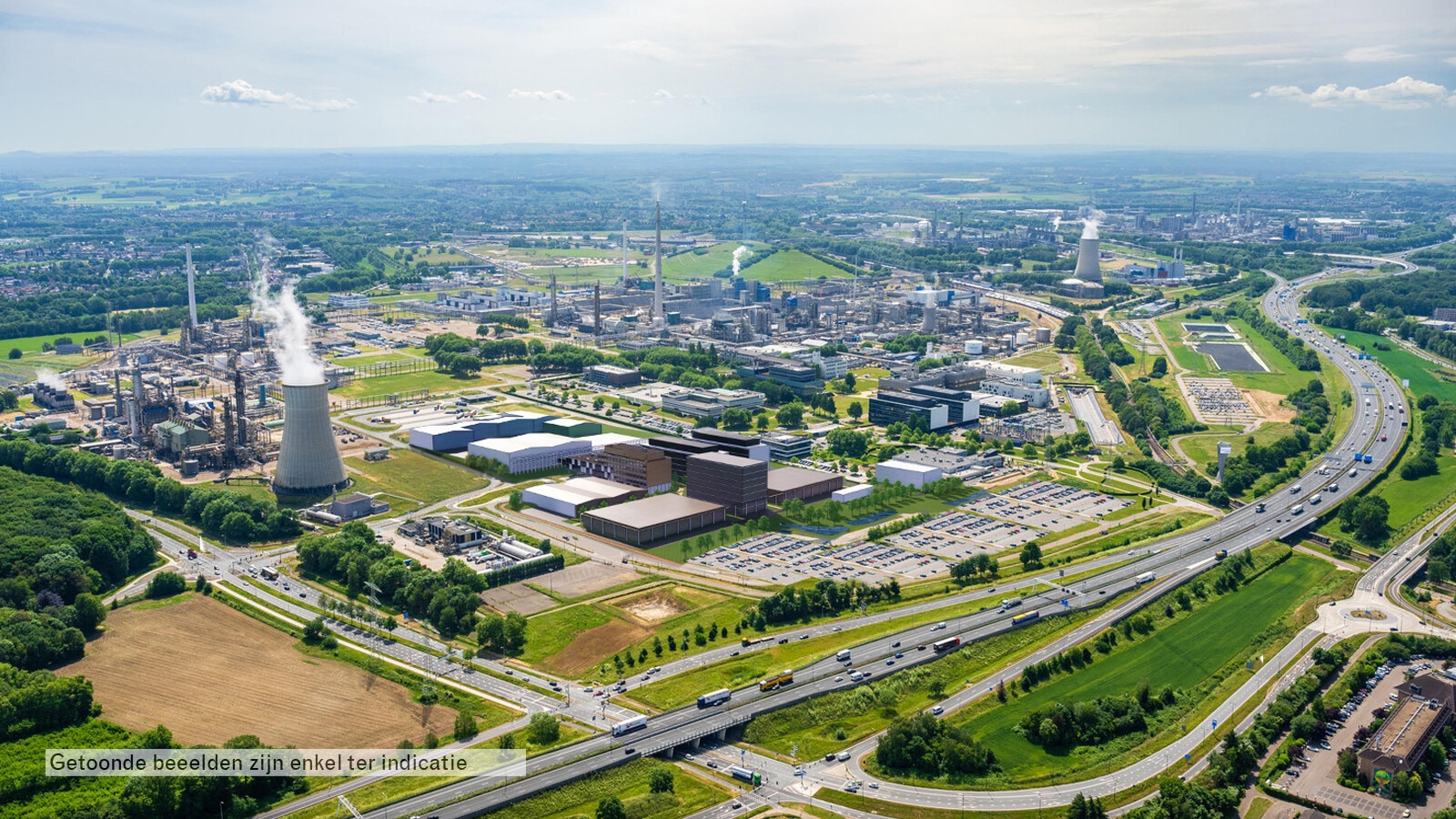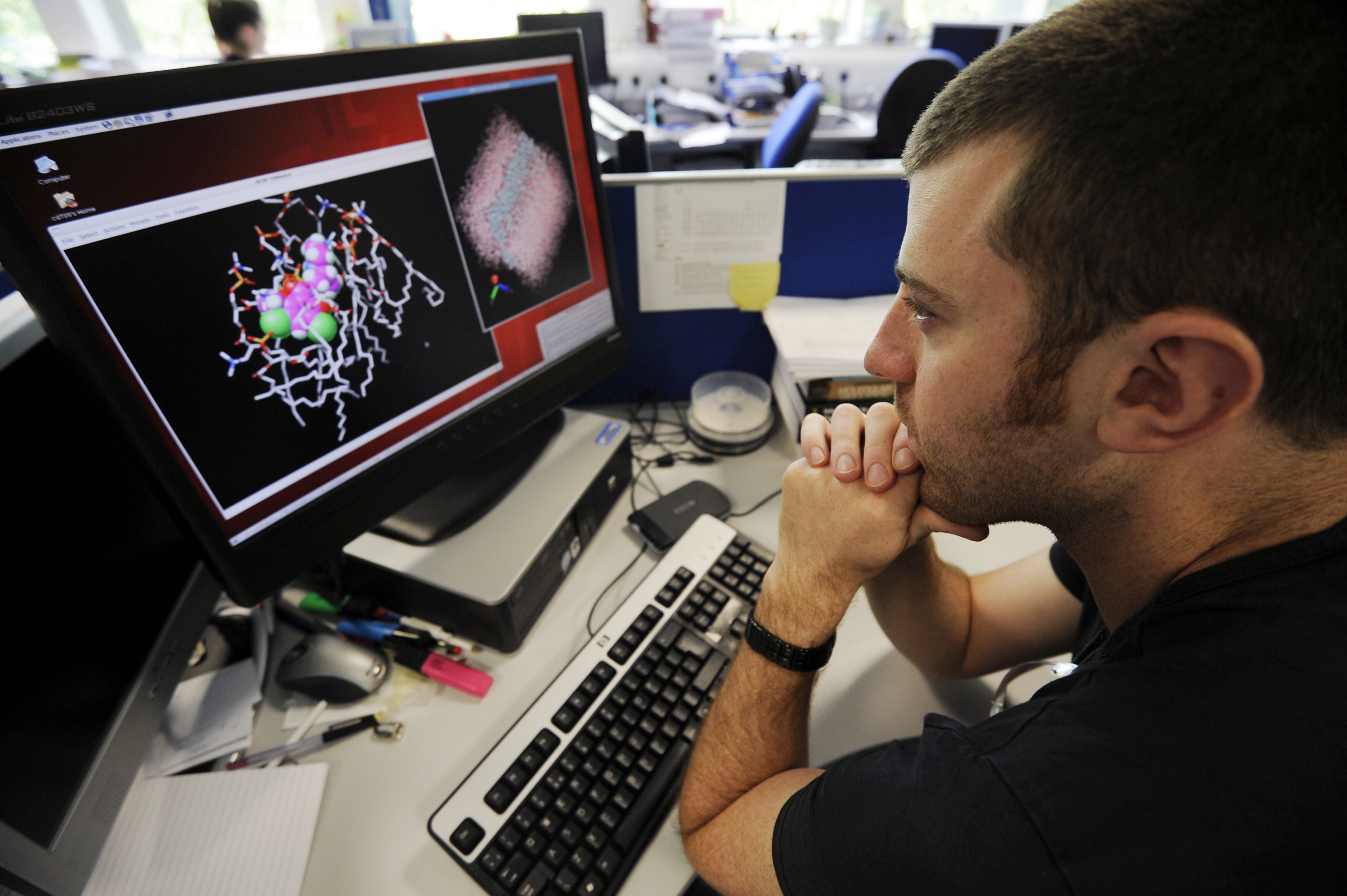How our Top 10 Emerging Technologies are chosen – and what it says about the world today

The World Economic Forum’s Top 10 Emerging Technologies of 2025 report reveals a series of profound innovations powered by the convergence of different technologies. Image: Joshua Sortino/Unsplash
- The World Economic Forum’s Top 10 Emerging Technologies of 2025 report reveals a series of profound innovations powered by the convergence of different technologies.
- The technologies are selected using a rigorous scientific methodology developed with esteemed scientists, researchers and futurists from all over the world.
- This year’s selection shows how technology is responding to some of the central concerns affecting people today, from making industry more sustainable to the need to increase trust and safety in our connected world.
What makes some new technologies take off, while others show potential but fail to get off the ground?
The factors at play are multiple, and they clearly reach beyond the functionality of the technology itself. The timing of its arrival and market readiness matter – an innovation must respond to people’s unmet needs or concerns, as innovations as diverse as burglar alarms and MRI scanning have shown. The presence of a supportive environment is pivotal too, in terms of everything from infrastructure to government support – as electric vehicles are finding out.
But that list barely scratches the surface, and any true interrogation of a new technology’s potential requires much deeper analysis – one that the scientists, researchers and futurists who help put together the World Economic Forum’s Top 10 Emerging Technologies of 2025 report have rigorously undertaken.
Their methodology is explained in full in this year’s report, which is produced in collaboration with Frontiers. It’s the 13th in a series that has consistently picked out advances that have gone on to make a huge mark on the world, from the 2015 listing of CRISPR gene editing – which enabled precise vaccine development during the COVID-19 pandemic – to anticipating mRNA vaccine platforms back in 2017.
Making the methodology for the Top 10 Emerging Technologies of 2025
The report’s methodology broadly defines “emerging technologies” as entirely novel innovations or established technologies that are being applied in transformative new ways, and it is guided by three central criteria:
- Novelty: early adoption of the technology is emerging, but widespread use is not yet achieved.
- Impact: the technology shows potential for significant societal and economic benefit.
- Depth: the technology is being developed across multiple entities, with broad and sustained interest.
The 10 technologies chosen for this year’s report have made it through repeated evaluations under this methodology. They emerged from an initial list of 250 entries and faced assessments by scientific publisher Frontiers’ AI Trend Analyzer – a tool that demonstrates the power of open science in action.
By analyzing patterns across millions of openly published research articles over a rolling 10-year period, it can identify which innovations are gaining genuine scientific momentum versus fleeting hype.
The technologies were also evaluated against the World Economic Forum Resilience Consortium's Resilience for Sustainable, Inclusive Growth framework, which focused on each technology’s potential to address systemic challenges and contribute to building adaptive capacity for future generations.
The Forum’s new “ecosystem readiness assessment” was also used to gauge how prepared today’s societal infrastructure is for these technologies to scale and achieve their projected impact. This stage was overseen by the Top 10 Emerging Technologies Steering Committee, Frontiers' network of chief editors, and futurists from the Dubai Future Foundation. It evaluated readiness across five key dimensions, commonly known as STEEP analysis:
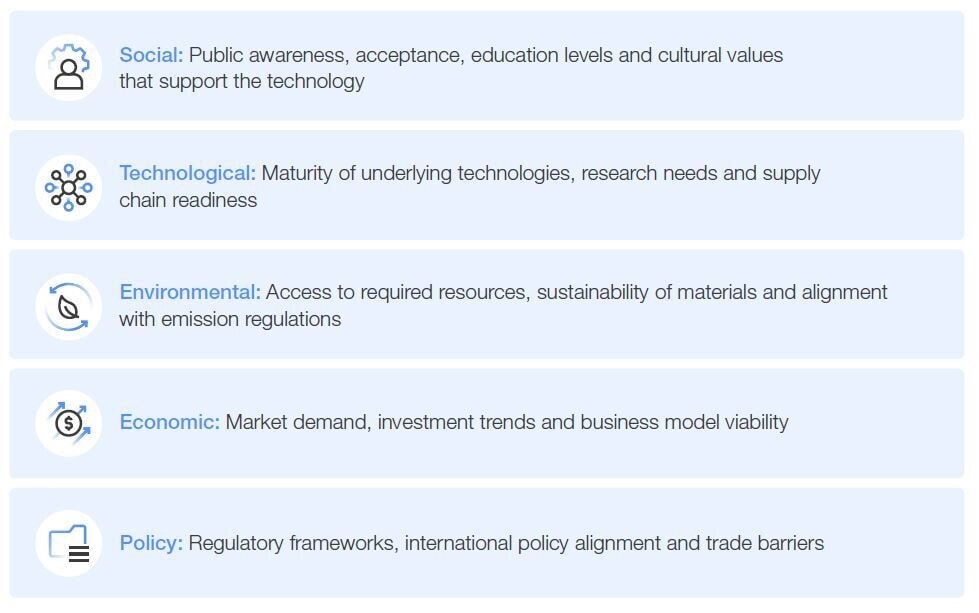
Each dimension was rated on a four-point scale from "no readiness" to "high readiness”, and the results are shown in the report in the form of radar charts, some of which are included below.
Key trends in the Top 10 Emerging Technologies of 2025
The final list for this year’s report reveals a series of profound innovations powered by the convergence of different technologies – synthetic biology and AI; materials science and energy systems; biotechnology and digital developments.
It shows the emergence of four major trends and how technology is responding to the central concerns affecting people in today’s world:
- Increasing trust and safety in our connected world.
- Improving health by using next-generation biotechnologies.
- Making industry more sustainable.
- Integrating energy and materials.
These breakthrough technologies are nearing the inflection point where scientific progress tips over into real-world impact. They reflect not only advances in science and technology, but also new strategies for building resilience in a world of accelerating change.
What’s included in the Top 10 Emerging Technologies of 2025?
Our list of the Top 10 Emerging Technologies of 2025 includes:
1. Generative watermarking
Generative AI watermarking technologies embed invisible, immutable markers in AI-generated content – including text, images, audio and video – to verify authenticity and help trace content origins.
As AI-generated content becomes increasingly hard to differentiate from that created without AI, this technology can help combat misinformation and promote trust in digital content – two of the key concerns highlighted in the Forum’s Global Risks Report 2025 – as well as protect intellectual property and counter academic dishonesty.
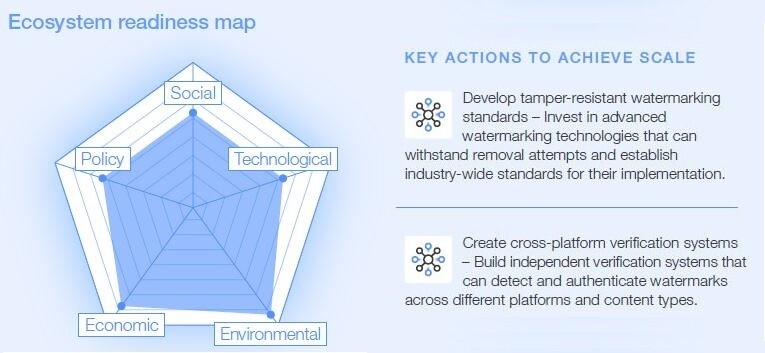
Leading AI companies are increasingly integrating watermarking into their platforms following a breakthrough in 2024 when Google DeepMind open-sourced SynthID. Google is now embedding this into AI-generated images, text and videos across its services, and watermarking is becoming a cornerstone of responsible AI deployment.
But challenges remain around forging and certification, showing a need for governance and usage guidelines just as sophisticated as the technology itself. The EU and China are among those making progress, and the Coalition for Content Provenance and Authenticity, made up of leading media generators in the AI space, is leading the development of technical standards for certifying the source of media content.
How is the World Economic Forum creating guardrails for Artificial Intelligence?
2. Engineered living therapeutics
Scientists are turning probiotic systems such as microbes, cells and fungi associated with human health into tiny medicine factories that can live inside the body and treat diseases.
This is made possible by advances in synthetic biology and genetic engineering, with several companies now developing this technology for commercial use. US firm Chariot Bioscience is exploring microbial platforms that release therapeutics into the bloodstream following a single dose, significantly reducing the need for repeated injections, while Japan’s NEC is trialling the use of a weakened strain of Salmonella to activate the human immune system and fight cancer cells.
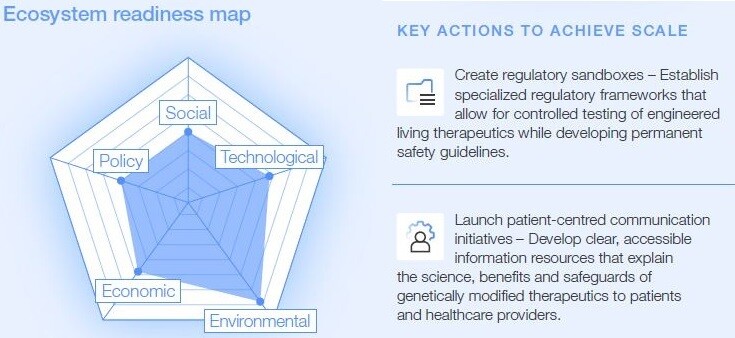
Safety is clearly a key concern, and developers are actively addressing potential problems such including unintended immune responses. Regulatory frameworks – such as the Advanced Therapy Medicinal Products in Europe – also need to be developed to allow health authorities to evaluate efficacy and safety.
If successful, engineered living therapeutics could make long-term care significantly cheaper and more effective.
3. Structural battery composites
Structural battery composites (SBCs) combine the load-bearing mechanical components of a vehicle or building with rechargeable energy storage. In the case of electric vehicles, the lithium-ion battery can be built into the frame of the car, making it lighter and more efficient.
SBCs could eventually enable all rigid vehicle body panels to store energy. Airbus is already experimenting with SBCs for use in aircraft, while elsewhere innovations around drone frames are being looked at.
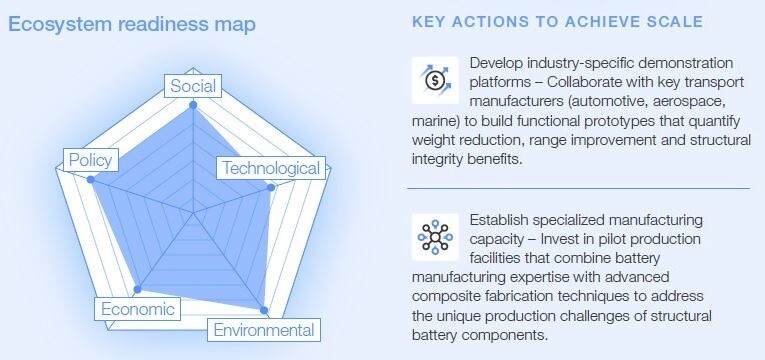
SBC technology has yet to achieve widespread adoption due to technical challenges such as achieving high energy storage density, long-term stability, safety, durability and cost-effectiveness. Regulatory hurdles also remain.
But real progress is evident and the impact of SBCs could be substantial both economically (cutting manufacturing costs by reducing the amount of structural materials needed) and environmentally (more energy-efficient designs with lower material requirements that make reuse and recycling faster and cheaper).
So what makes some new technologies take off?
The full list can be read in the Top 10 Emerging Technologies of 2025 report, and like the three examples above, all of the developments chosen for inclusion are grounded in science and have been scrutinized by a global network of over 300 trusted academics and researchers.
So what makes some new technologies take off while others fail to get off the ground? The answer, as this year's selection reveals, is that they solve urgent problems at exactly the right moment, and that they emerge when the supporting infrastructure is ready, when regulatory frameworks can adapt and when society actually needs what they offer.
But identifying which technologies have this winning combination requires rigorous methodology. The AI Trend Analyzer that helped create our top 10 list draws insights from millions of published research papers, mapping patterns that reveal which technologies are gaining sustained scientific interest. Alongside this, the global expert network ensures diverse perspectives shape the selection, while the ecosystem readiness assessment reveals whether the world is actually prepared for these technologies to succeed.
This transparent, evidence-based approach reflects something fundamental about why this report works: trust. The Top 10 Emerging Technologies report has credibility not because of who publishes it, but because of the rigorous methodology behind the results. That methodology has repeatedly identified technologies that have gone on to create system change.
The innovations in this year's report may not be household names yet, but they represent the next wave of breakthroughs already gaining momentum in labs around the world.
Don't miss any update on this topic
Create a free account and access your personalized content collection with our latest publications and analyses.
License and Republishing
World Economic Forum articles may be republished in accordance with the Creative Commons Attribution-NonCommercial-NoDerivatives 4.0 International Public License, and in accordance with our Terms of Use.
The views expressed in this article are those of the author alone and not the World Economic Forum.
Stay up to date:
Strategic Foresight
Forum Stories newsletter
Bringing you weekly curated insights and analysis on the global issues that matter.
More on Emerging TechnologiesSee all
Majid Jafar
December 22, 2025
